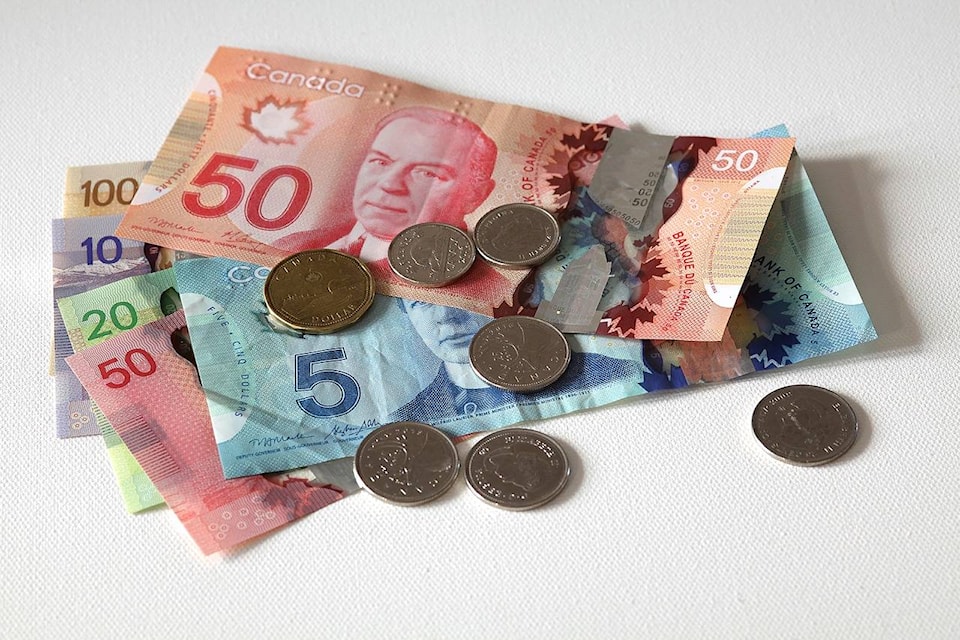They could be securely stored in a safety deposit box at the bank, tucked away between a box spring and mattress, or hiding out in a faded envelope in the far corner of a desk or drawer.
Wherever they are, old banknotes ranging from $1 and $2, $25 to $500 and $1,000 are, as of Jan. 1, 2021, those bills will no longer have legal tender status.
According to a release from the Bank of Canada, the decision was made and approved by Parliament in 2018, in accordance with the Bank of Canada Act and Currency Act.
“Most Canadians will not be affected because the bank notes targeted in the announcement have not been produced in decades and are rarely used in transactions,” the release notes. “More importantly, these banknotes will not lose their value. Canadians can redeem them at face value or decide to keep them.”
READ ALSO: B.C. non-profit has $150 million of unclaimed cash & cheques. Does some belong to you?
Those who wish to redeem their banknotes can do so easily at their financial institution or send them directly to the Bank of Canada. Supporting this initiative ensures that banknotes used by Canadians are current, in good condition, easy to use, and difficult to counterfeit.
One dollar banknotes were replaced by loonies in 1989, and $2 bills gave way to toonies in 1996.
The $25 bill was a commemorative note and was discontinued along with the $500 bill shortly after they were issued in 1935. The Bank of Canada stopped issuing $1,000 bills in 2000.
It is worth noting, however, that some rarer bills may be worth significantly more to collectors.
rick.stiebel@goldstreamgazette.com
Follow us on Twitter and Instagram, and like us on Facebook.
